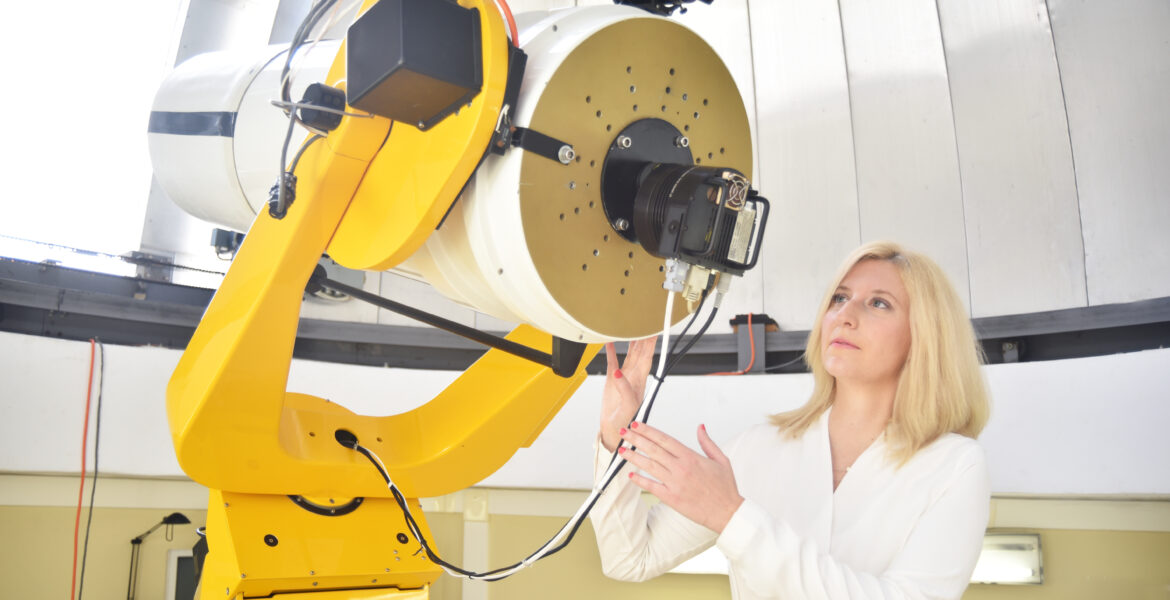Greece and Cyprus have recorded among the highest proportion of female scientists and engineers in the EU at 41% – 45% according to the latest data from Eurostat for 2020, with Lithuania, Portugal and Denmark registering the highest at 52%.
Interestingly, the more affluent north, overall registered lower proportions with countries like Finland sitting at 30%.
According to the 2020 report, there were almost 6.6 million female scientists and engineers in the EU, 254 500 more than in 2019, accounting for 41% of total employment in science and engineering.
By sector, women were underrepresented in manufacturing (where only 22% of scientists and engineers were female), while there was more of a gender balance in the services sector (46%).
Among the EU Member States, the proportion of female scientists and engineers varied widely in 2020, ranging from 52% in Lithuania, Portugal and Denmark to 30% in Finland and 31% in Hungary.
At NUTS1 regional level, female scientists and engineers were in the majority in 11 EU regions:
- four regions of Spain: North-West and Centre both 52%, Canary Islands and North-East both with 51%,
- two regions in Portugal: Madeira (56%) and Continental Portugal (51%),
- North and South-East Bulgaria, Eastern Poland (both 57%), Northern Sweden (56%), as well as Lithuania and Denmark (both 52% and single regions at this level of detail).
At the other end of the scale, the smallest proportion of female scientists and engineers was recorded in the German region of Baden-Württemberg and in the Hungarian region of Transdanubia (both 29%).

